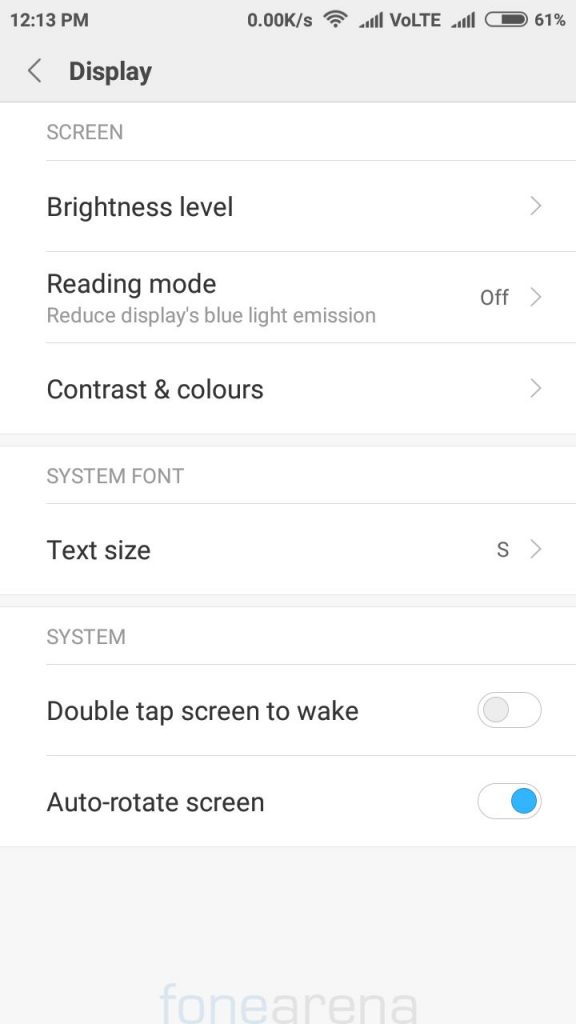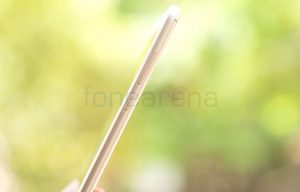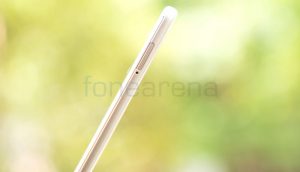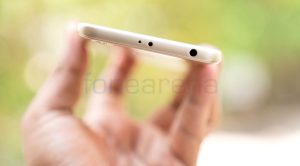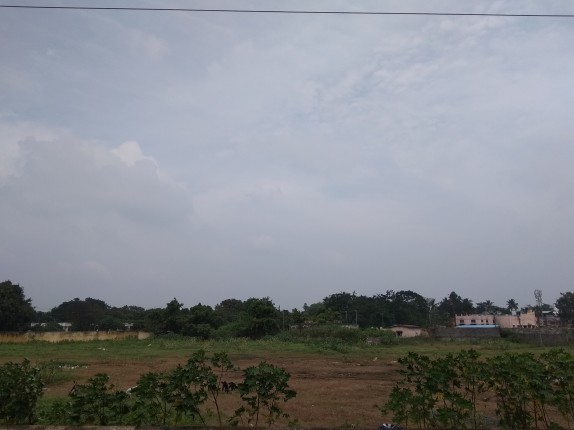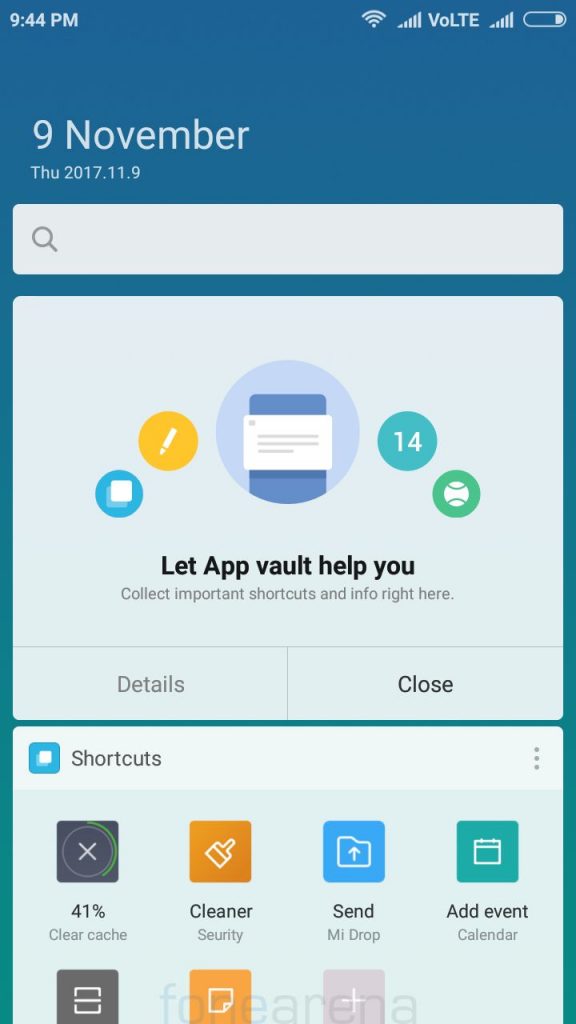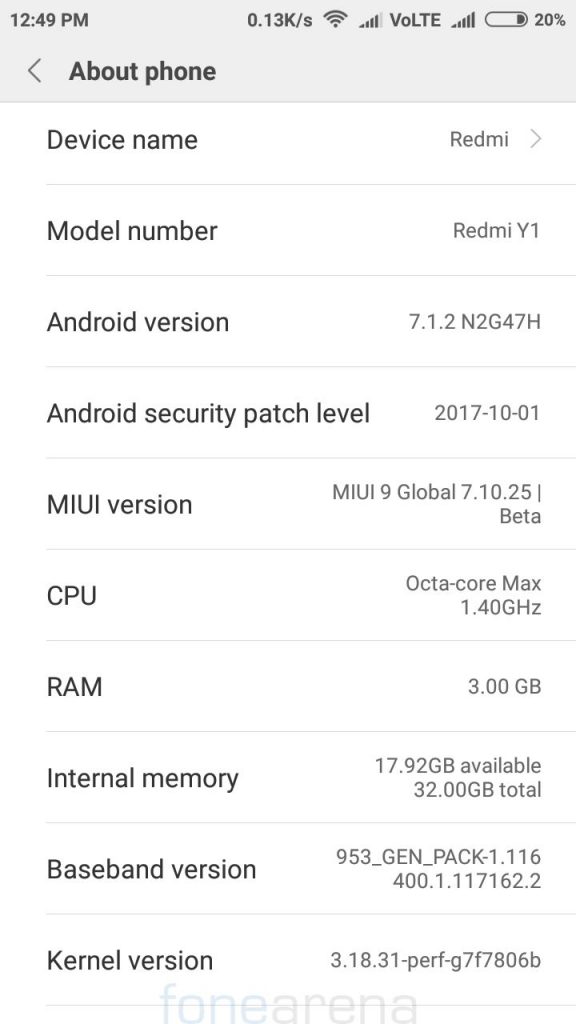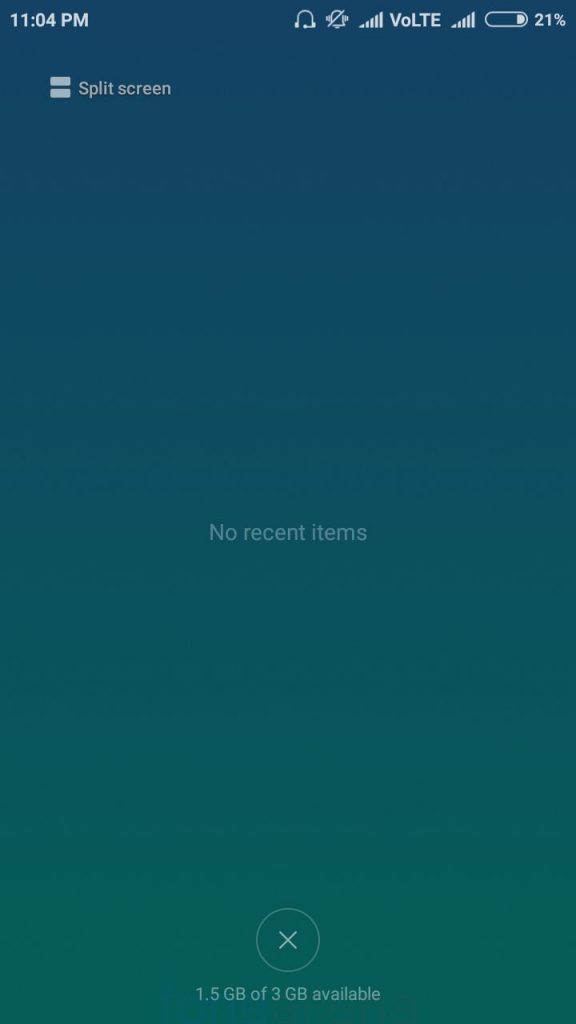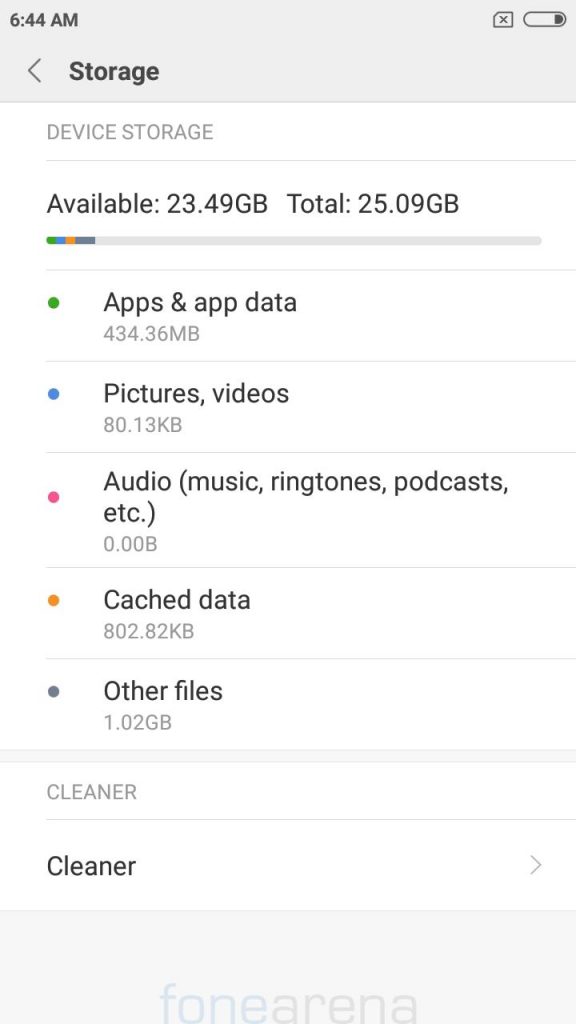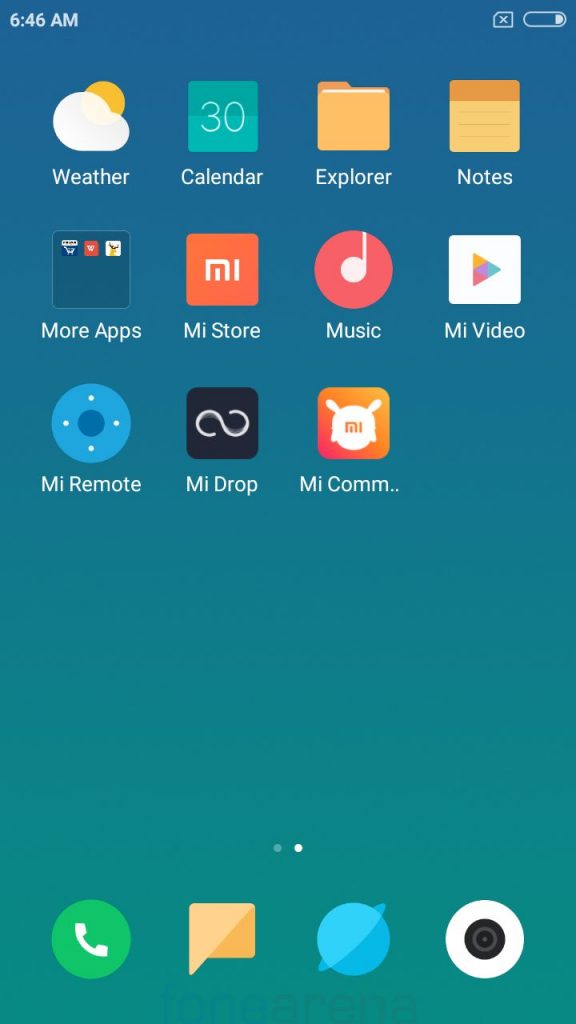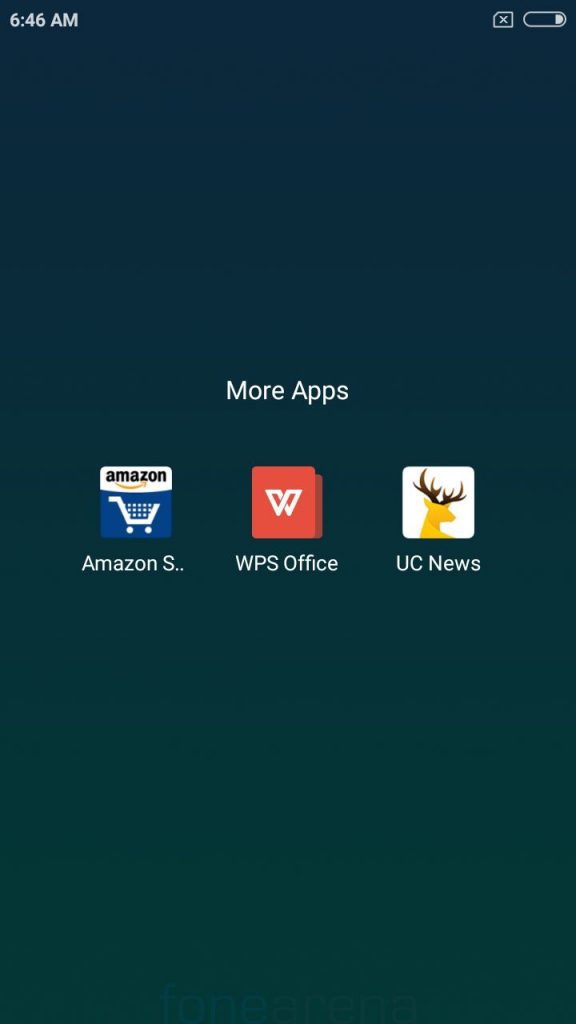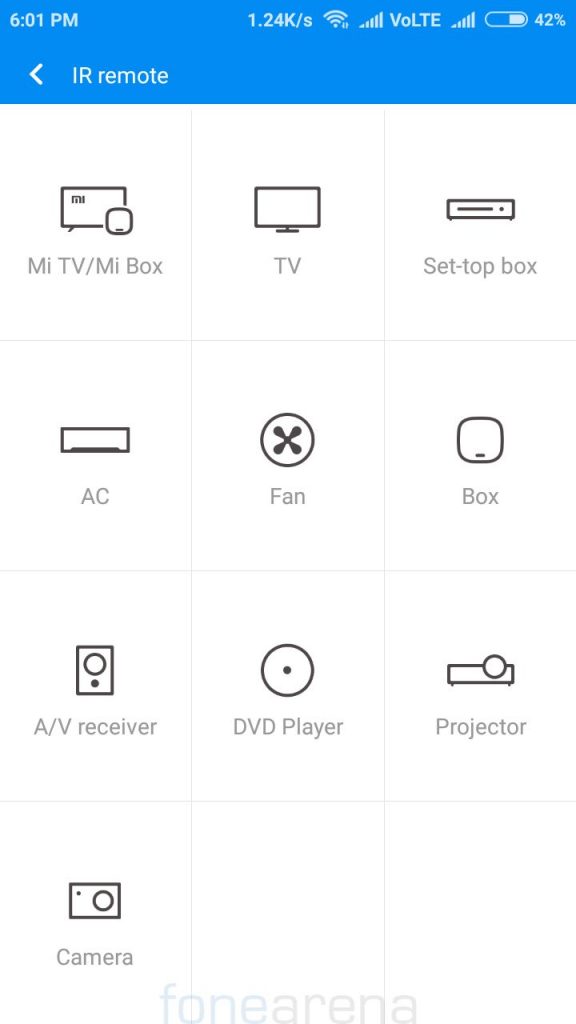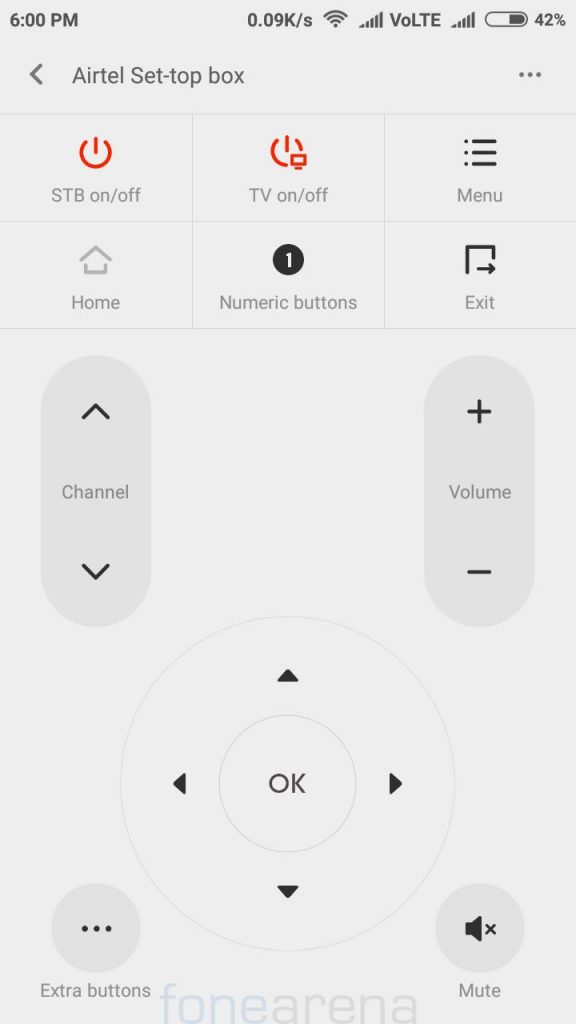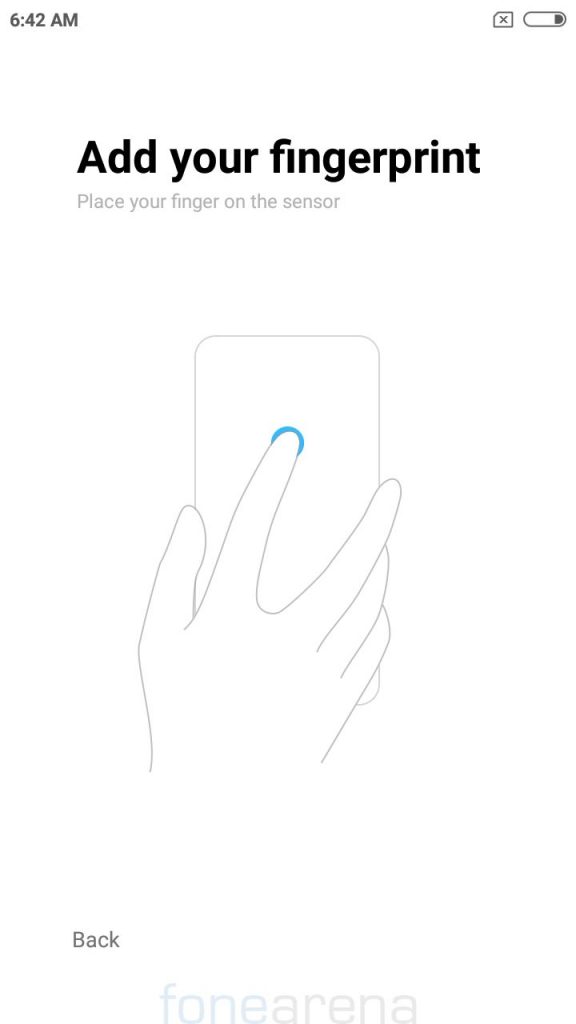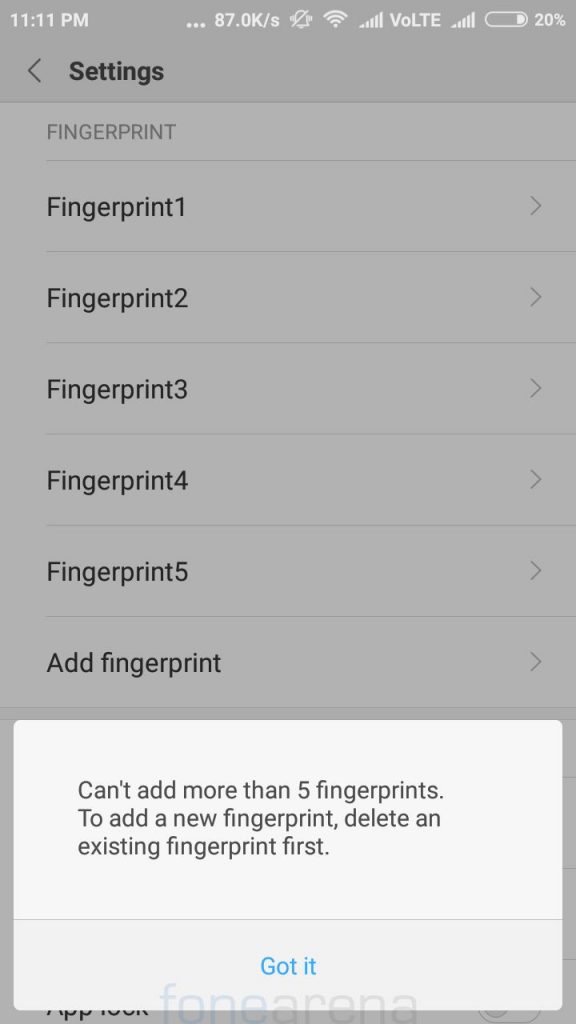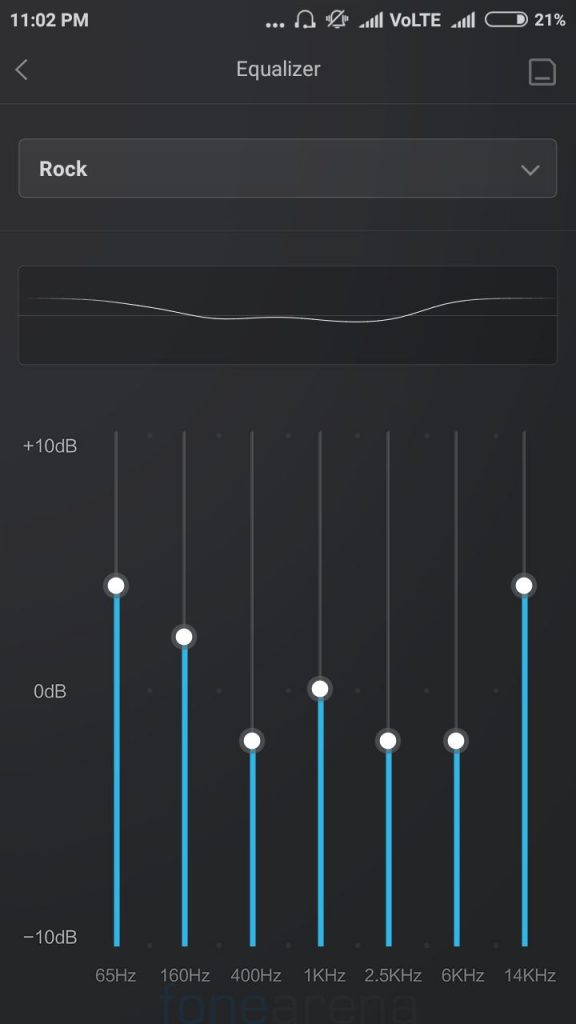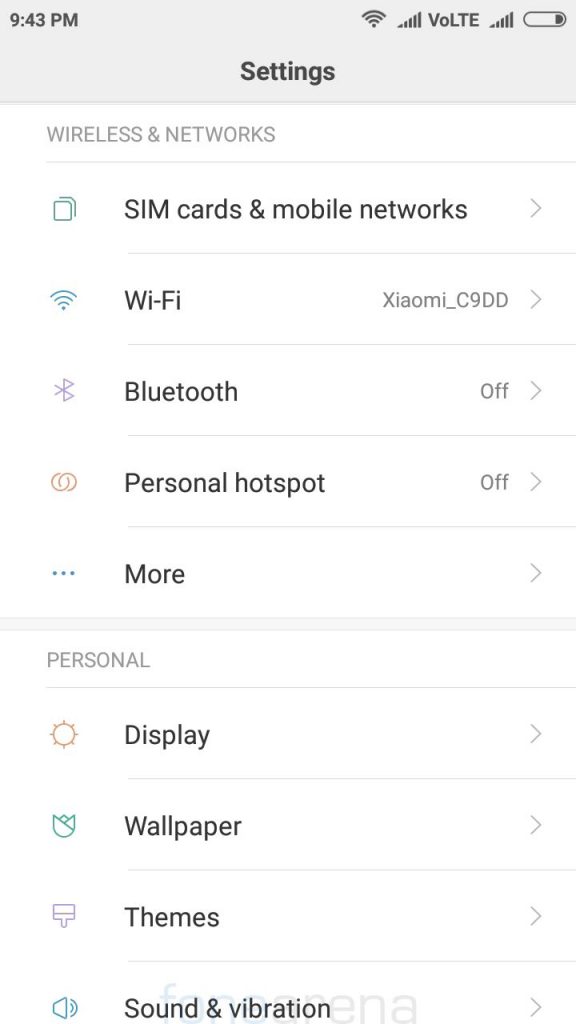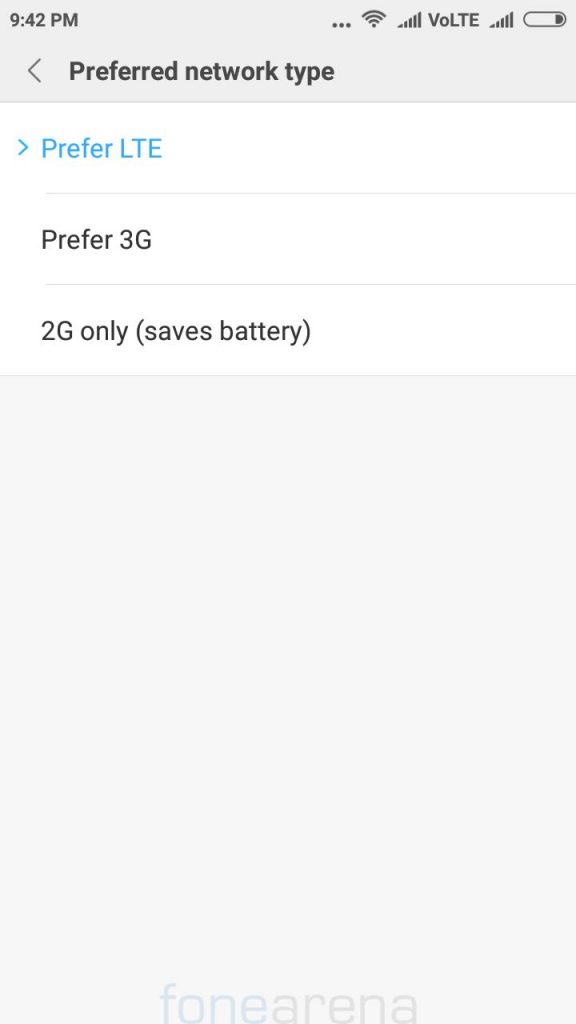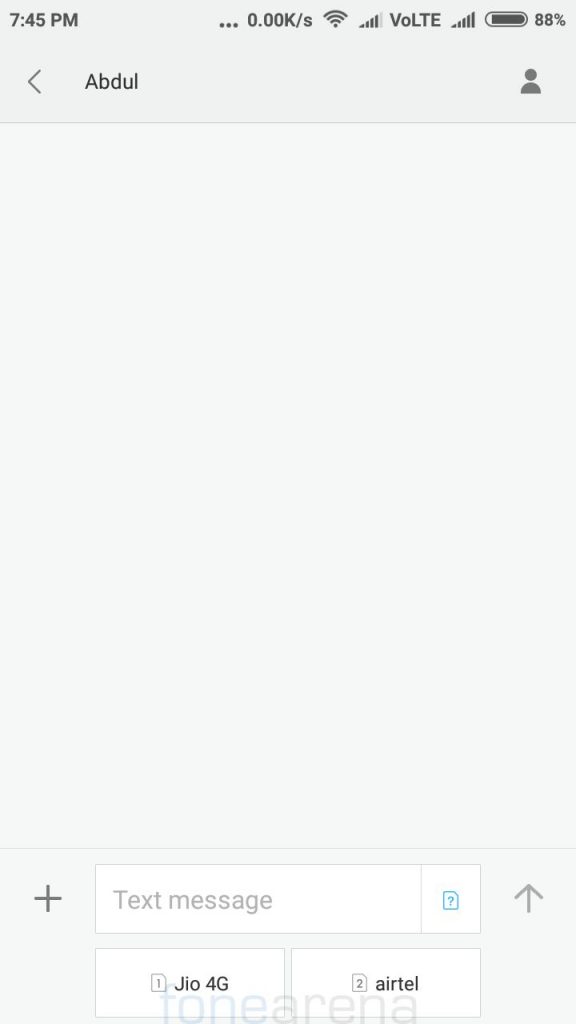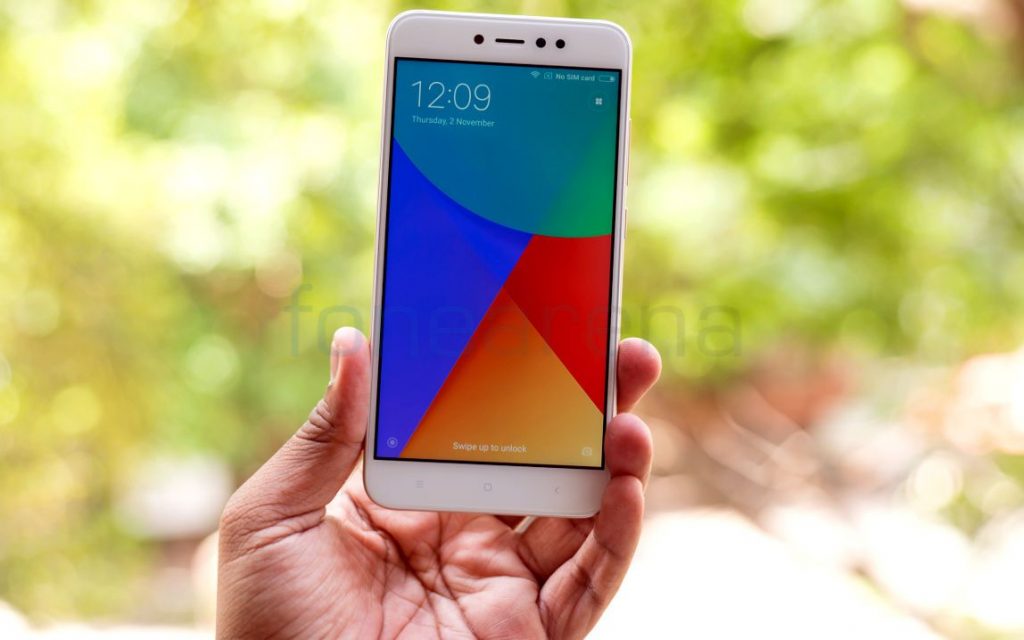
Xiaomi launched the Redmi Y1, a budget smartphone under the new ‘Redmi Y’ series in India earlier this month. This introduced in China recently as Redmi Note 5A. This comes after a successful Redmi 4 that was launched earlier this year. This also comes with a 16-megapixel front-facing camera that you rarely see in smartphones in the price range. Specifications of the phone look impressive for the price, is this one of the best in the price range? Let us find out in the review.
Unboxing
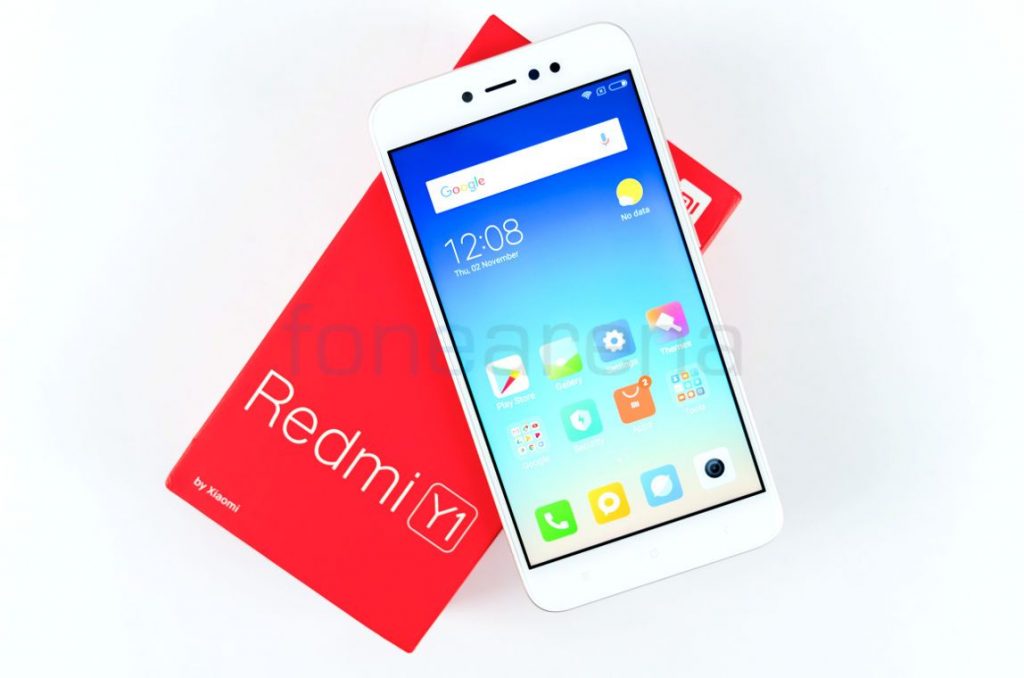
We recently unboxed the Redmi Y1, check out the video below.
Box contents
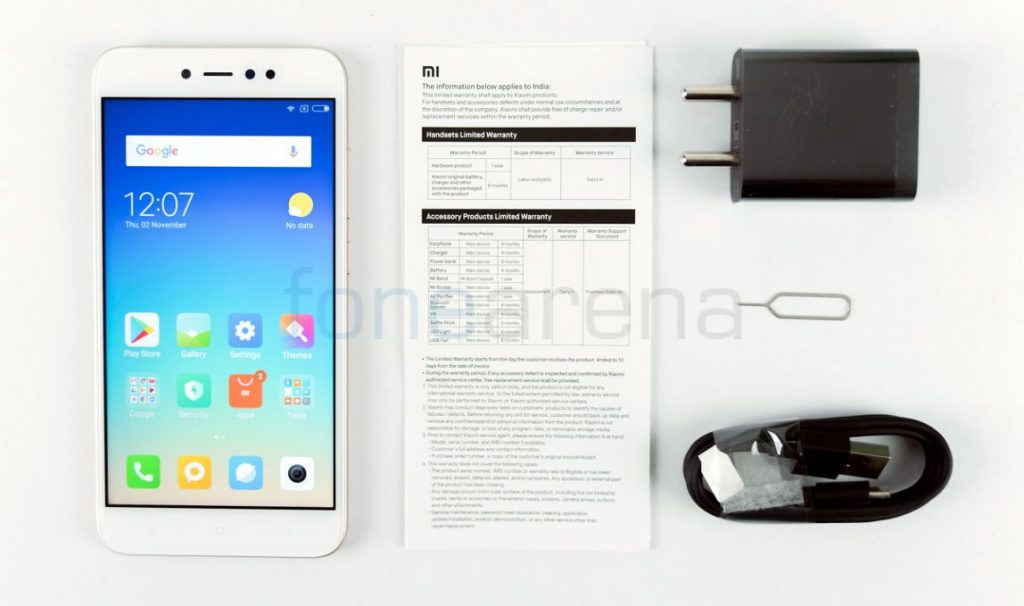
- Xiaomi Redmi Y1 in Gold color
- 2-pin charger (5V-2A)
- Micro USB Cable
- SIM Ejector tool
- Quick start guide and warranty information
Display, Hardware and Design
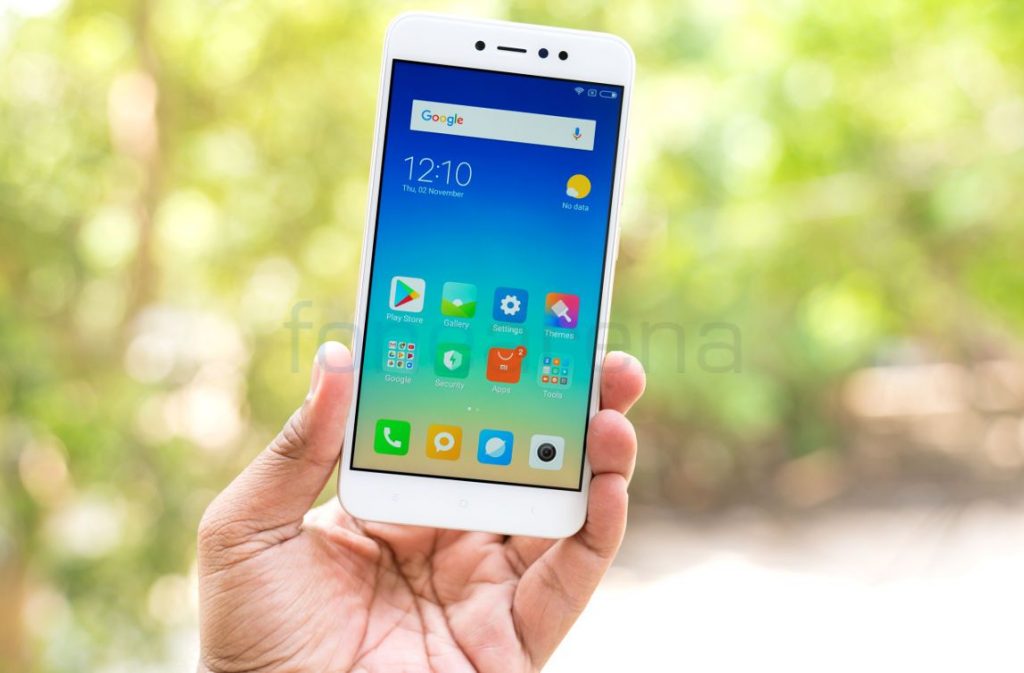
The Redmi 4A has a 5.5-inch HD 2.5D curved display with a resolution of 1280 by 720 pixels and a pixel density of about 267 PPI. It has 1000:1 contrast ratio, 72% NTSC color gamut and 450 nits brightness. The phone also has Corning Gorilla Glass protection. The display is bright, colors are vibrant and the sunlight legibility is good as well. Even though the pixel density is less than the 5-inch HD screen on the Redmi 4 and 4A, the display is good for the price.
There is a black border around the display, which might look weird for some. It is 153 mm tall, 76.2mm wide and has a screen-to-body ratio of about 72%, which is similar to most of the phones with a 5.5-inch screen.
Under the display options there are different options to adjust colors and contrast based on your preference. There is also reading mode that lets you reduce the display’s blue light emission so it doesn’t cause eye strain when you are reading at night.
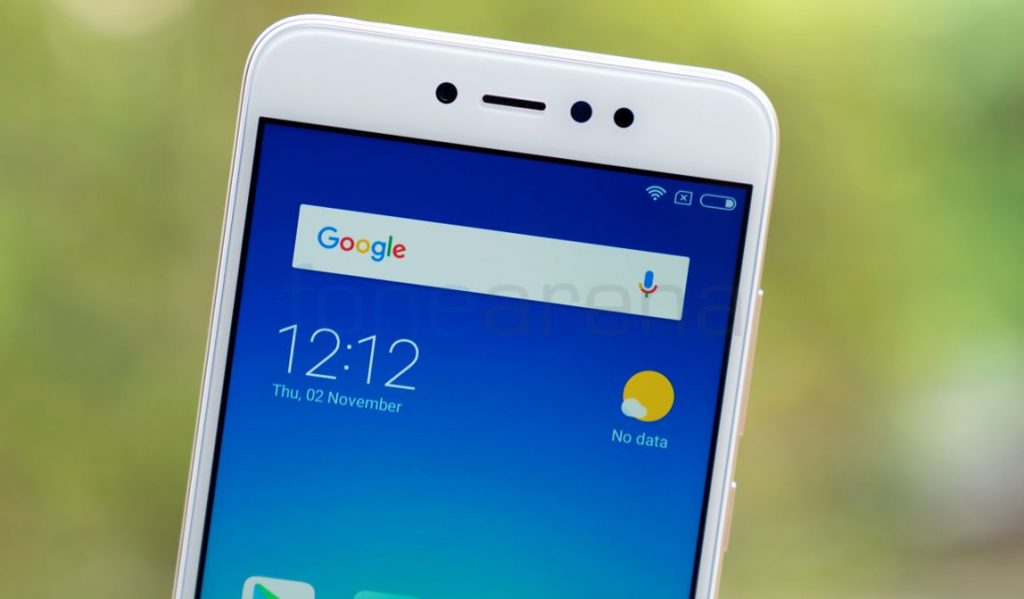
It has a 16-megapixel camera above the display, next to the earpiece and there is also an LED flash light on the right side, next to the usual set of ambient light and proximity sensors. There is also a notification LED next to the camera, which is hardly visible when it’s off. It also has a gyroscope and a magnetic sensor, otherwise known as a magnetometer.

The usual menu, home, and back buttons are present below the display. These are not backlit but offers haptic feedback when pressed.
Xiaomi doesn’t miss out the Infrared sensor on the top for Remote function. 3.5mm audio jack and a secondary microphone are present on the top. Micro USB slot is present on the bottom and the loudspeaker is present on the right side of the USB slot, while the one on the left just houses a microphone. On the right side, volume rockers and the power button are present and the SIM and microSD slots are present on the left side.
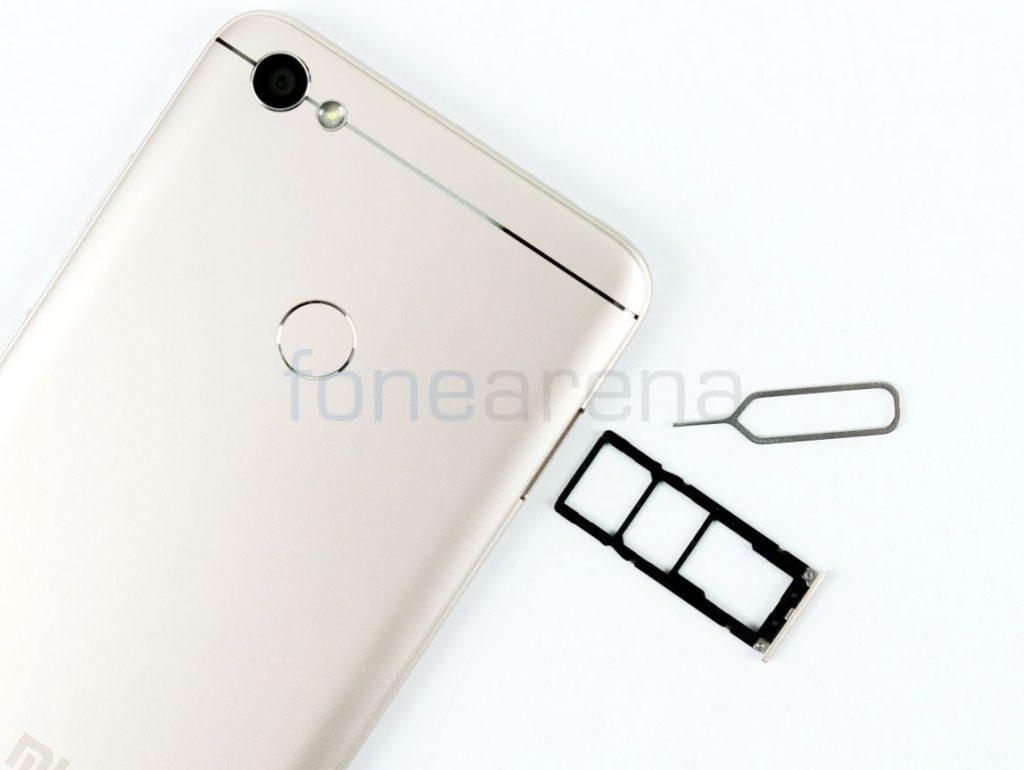
Unlike its earlier phones, Xiaomi has finally added a dedicated dual SIM and microSD slots arranged in a single tray. This is a welcome move.
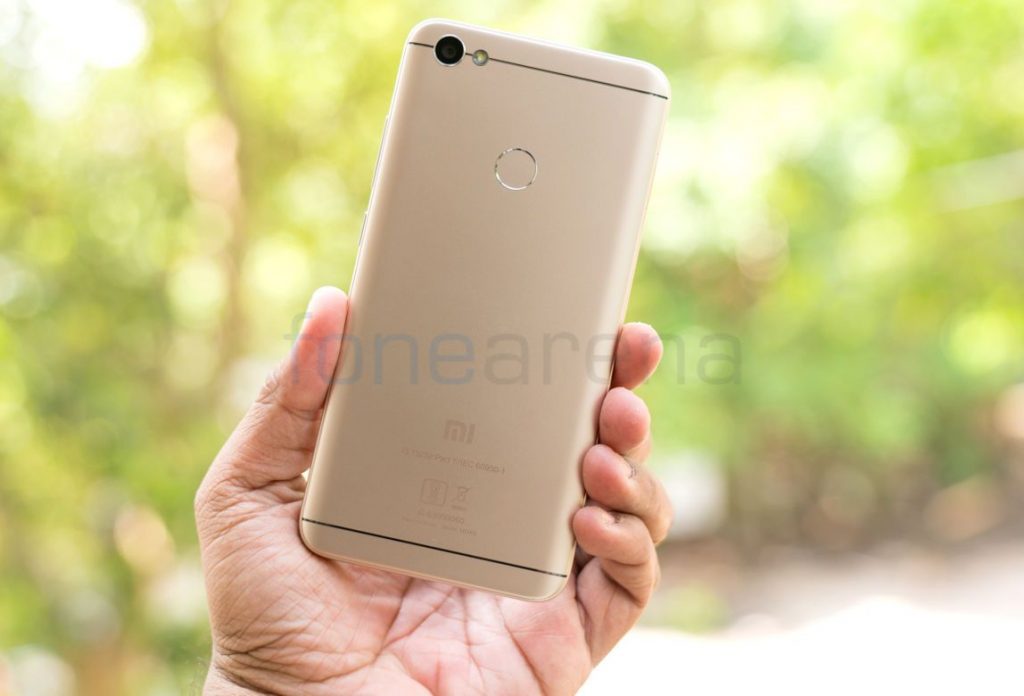
The phone has a 13-megapixel rear camera with LED flash on the back. There is also a fingerprint sensor below it. Even though the phone has a large 5.5-inch screen, the fingerprint sensor is easily accessible when holding the phone on a single hand. The back has a brushed metallic finish and the phone has an aluminium alloy frame to reduce the heat, according to the company. The back is a bit slippery for one-handed usage. It has a 3080mAh built-in battery. It weighs 153 grams, which is good considering the huge battery.
Camera
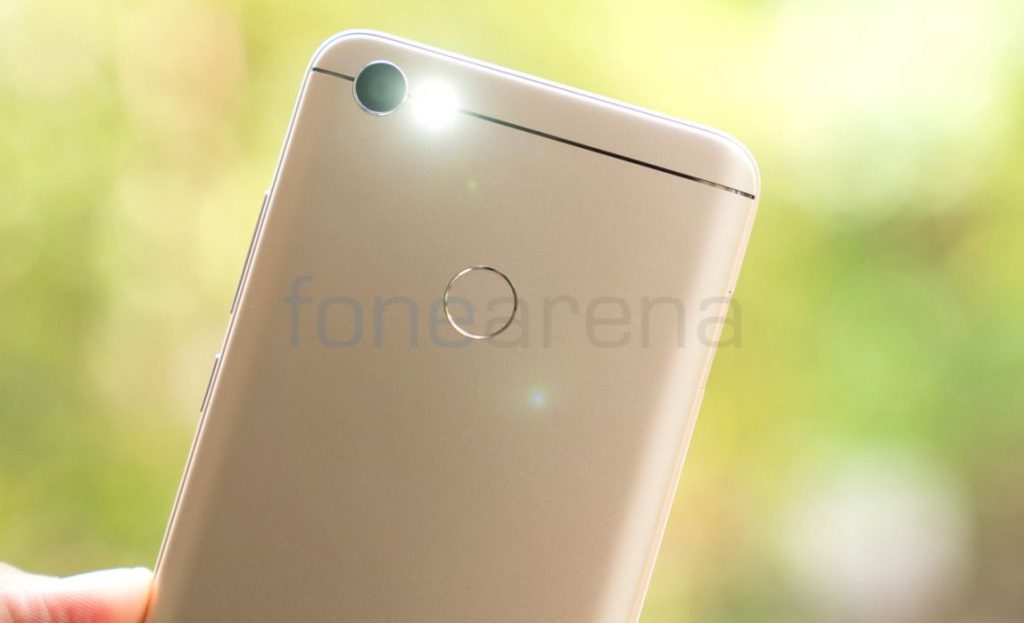
The Redmi Y1 comes with a 13-megapixel rear camera with LED flash, PDAF and f/2.2 aperture. It also has a 16-megapixel front-facing camera with LED flash, 5-element lens, 76.4-degree wide-angle lens, OmniVision sensor and f/2.0 aperture.
The camera UI is familiar with other Xiaomi smartphones with flash and HDR toggles on the top, front camera toggle on the bottom along with option to select modes (Panorama, Timer (3 to 10 seconds), Audio trigger, manual mode to adjust white balance and ISO (100 to 3200), Straighten, Beautify, HHT (Hand held twilight), Scene and Tilt-shift to blur a part of an image. It has image preview window, camera and video buttons on the right side. For the front camera, it has beautify mode, pro mode and smart mode that guesses your age using facing recognition algorithm.
Coming to the image quality, daylight shots are good in bright conditions and some images are dull when it’s cloudy, HDR shots better, macro shots are good. Low-light shots have a lot of noise as usual. Images with flash are good and the flash is not overpowering. At the launch the company said that the front camera uses pixel binning to reduce noise and for clearer and sharper final image. Daylight front camera shots are good, but in low-light you can see a lot of noise in the image even when LED flash is on. Overall the phone has a good selfie camera, but the rear camera is just average.
Check out some camera samples (Click the image to view the full resolution sample.)

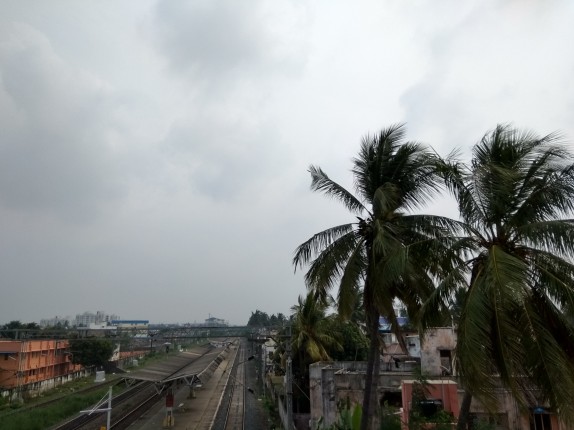
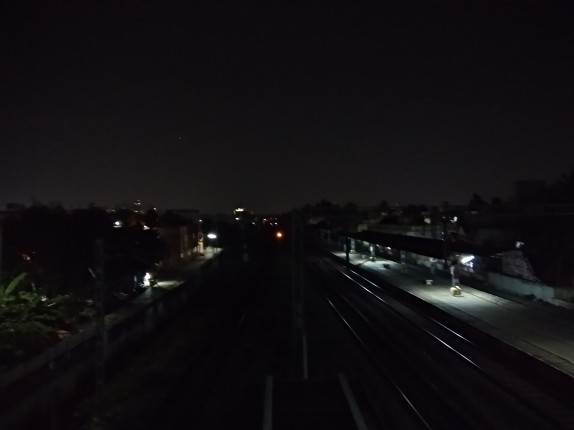
It can record videos at 1080p resolution at 30 fps. Video quality is decent and the audio is crisp, thanks to the secondary microphone. It has time-lapse, but doesn’t have slow-motion video recording. Check out the Full HD video sample below.
Software, UI and Apps
Unlike most of the budget Redmi smartphones that run Android 6.0 (Marshmallow), this runs Android 7.1.2 (Nougat) out of the box with MIUI on top. Our unit was running MIUI 9 Global Beta. The company has already started testing stable ROM and should push out the final update in the next few days as it had promised.
MIUI 9 adds a lot of features including improved notifications, split screen, improved apps like Mi Drop to transfer of files between any Android device without requiring an internet connection. It also has new App Vault feature that shows shortcuts to access apps quickly by when you swipe left in the homescreen. You can add up to 8 shortcuts. There is also App lock that lets you protect your apps with a password and the dual apps feature lets you run app like WhatsApp with two different accounts at the same time.
Out of 3GB RAM, you get 2.8GB of usable RAM, and 1.5GB of RAM is free when default apps are running in the background. Out of 32GB, you get 23.49GB of free storage since OS and apps take over 7GB of space. The built-in Cleaner inside the storage lets free up space by clearing cache and obsolete files.
Apart from the usual set of utility apps, Google apps and Xiaomi’s own set of apps, it comes pre-loaded with Amazon Shopping, WPS Office and UC News apps. You can easily uninstall these apps.
Since the phone has an infrared sensor for remote function, it comes with Mi Remote that lets you control your home appliances easily. It worked flawlessly with Airtel Set-top box, Samsung TV and AC. It also supports A/V receiver, DVD Player, Projector, Camera and more.
Fingerprint Sensor
The phone has a fingerprint sensor on the back. It immediately unlocks phone just by keeping your finger on the home button so that you don’t have to press it. You can add up to 5 fingerprints.
Music Player and FM Radio
The Mi Music Player is the default music player. There is also equalizer. It also has FM Radio with recording. Audio through the speaker is decent. Since the speaker is present on the bottom, audio doesn’t get muffled when the phone is on a flat surface. Audio through earphones is good as well.
Dual SIM and Connectivity
It has the usual set of connectivity features such as Wi-Fi 802.11 b/g/n, Bluetooth 4.2, GPS + GLONASS. It also has USB OTG support that lets you connect external drives. It has 4G connectivity and also has Voice-over-LTE (VoLTE) support for Reliance Jio. Both the SIMs support 4G, but you can enable 4G only in one SIM at a time, while the other goes to 3G. You can set preferred SIM for a voice call, text and data from the SIM card manager. It also has LTE band 1 (2100MHz) for Vodafone 4G in some circles, unlike some Redmi phones that lack it.
Calling and Messaging
The dialer and messaging UI are similar to other Xiaomi smartphones running MIUI 9. Since this is a dual SIM phone, you get the option to select either SIMs when calling or sending a text message. There are no call drops and the earpiece volume is good.
Performance and Benchmarks
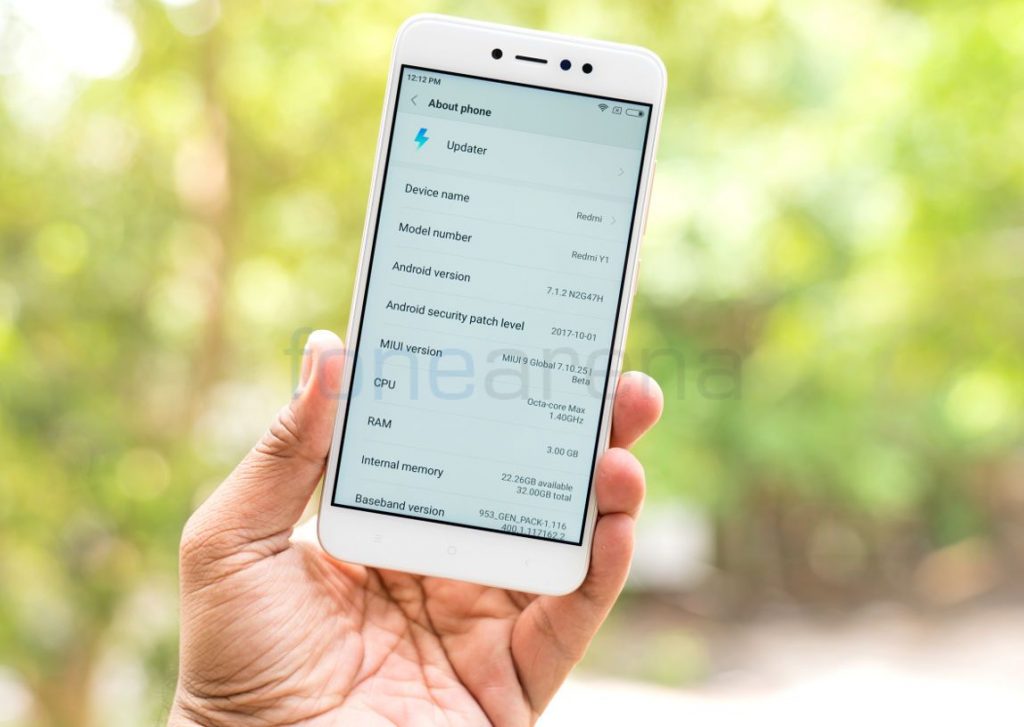
Coming to the performance, the phone is powered by an Octa-Core Snapdragon 435 Mobile Platform with eight ARM Cortex A53 cores clocked at 1.4GHz per core and has 3GB or 4GB of RAM depending on the model. The performance is good without any lags. It get a bit heated on intensive gaming and 4G data use, but it doesn’t too hot to handle. It also has a Adreno 505 GPU that offers good gaming performance. Since the phone has a HD display, the SoC coupled with up to 4GB is more than enough to power the phone. That said, check out some synthetic benchmark scores below.
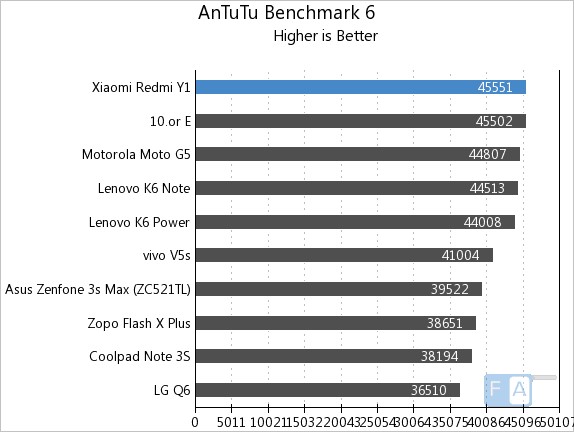
It scored 45551 points and topped the AnTuTu Benchmark 6.
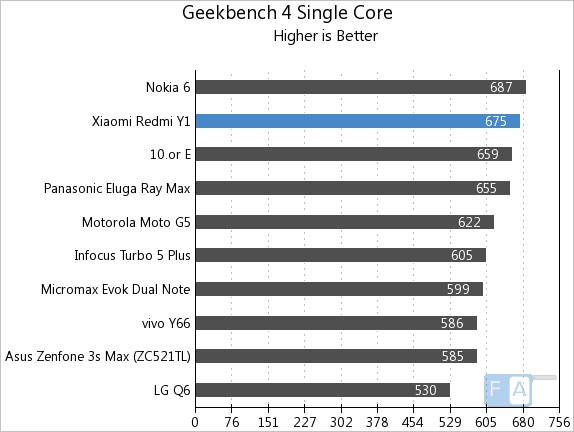
It scored 675 points in Geekbench 4 Single-Core benchmark and grabbed the second spot.

It scored 2573 points in Geekbench 4 Multi-Core benchmark and grabbed the second spot.
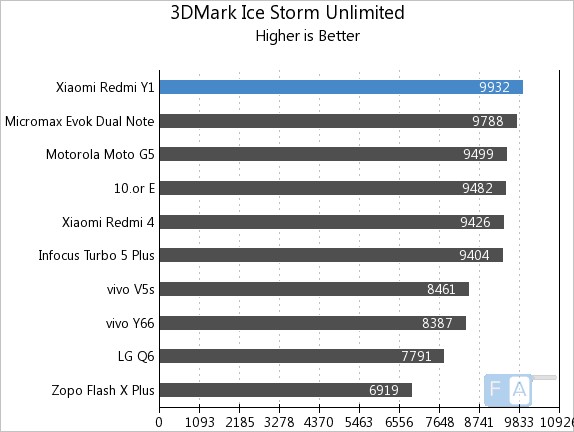
It scored 9932 points and topped the 3D Mark Ice Storm Unlimited GPU benchmark.
Battery life
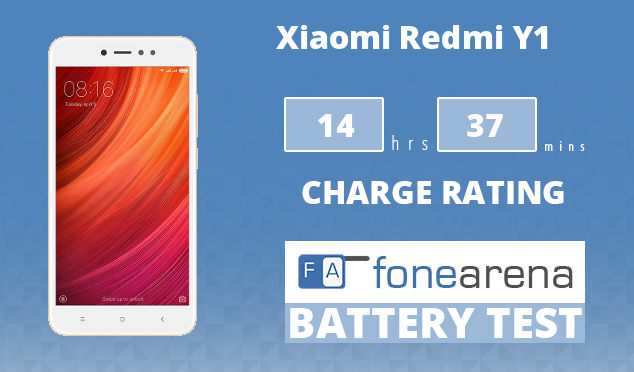
Coming to the battery life, the 3080mAh (typical) / 3000mAh (minimum) built-in battery offers decent battery life, even though the it doesn’t have a huge battery like a Redmi Note 4 or the Redmi 4. It lasts for a whole day even with heavy use and with average use it lasts more than a day, thanks to optimization in the MIUI 9. Sadly, the phone doesn’t have fast charging so it takes about 2 and half hours to charge the phone.
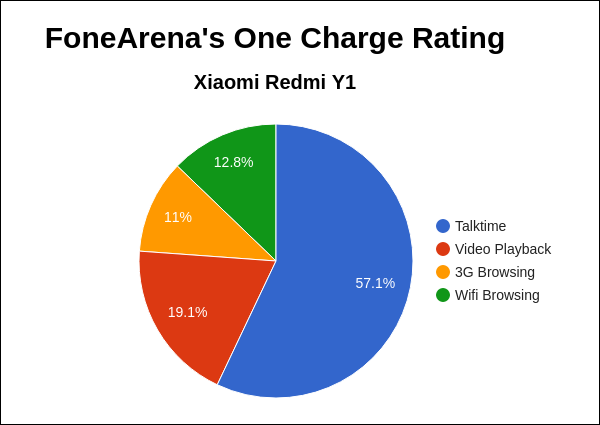
It achieved a One Charge Rating of 14 hours and 37 minutes mainly due to brilliant talk time. Check out the complete set of Redmi Y1 battery life test results here.
Conclusion
At a starting price of Rs. 8999, the Redmi Y1 is another value-for-money phone from Xiaomi. Even though you can now get the Redmi Note 4 with 3GB RAM and 32GB storage version with a better 1080p display at Rs. 9999, the Redmi Y1 comes with dedicated dual SIM slots and a microSD slot and a decent selfie camera.
The Xiaomi Redmi Y1 goes on sale every week exclusively on Amazon.in and Mi.com. To summarize, here are the pros and cons of the smartphone.
Pros
- Good build quality
- Good performance
- Dedicated Dual SIM and microSD slots
- Decent Selfie camera
Cons
- Average camera performance, especially in low-light

